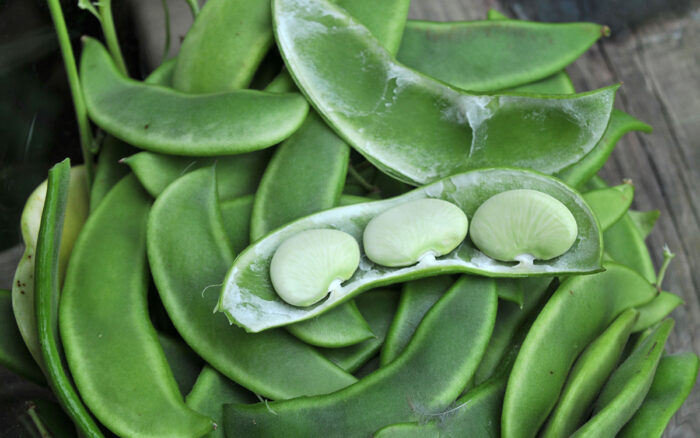
Just because you garden in the Northeast doesn’t mean that you can’t enjoy fresh southern veggies. Let’s face it—in the North it can be nearly impossible to find fresh collard greens or black-eyed peas for that special barbeque side dish, and as for delectably crunchy tiny okra for pickling or use in a curry, forget about it. Plus, you know that frozen okra is perhaps the worst excuse for a vegetable. Many delicious Southern vegetables continue to be excluded from our northeastern farmer’s markets, supermarkets, and community supported agriculture (CSA) farm shares, so why not grow them yourself? Here are four iconic southern vegetables to try this summer in your northeastern garden.
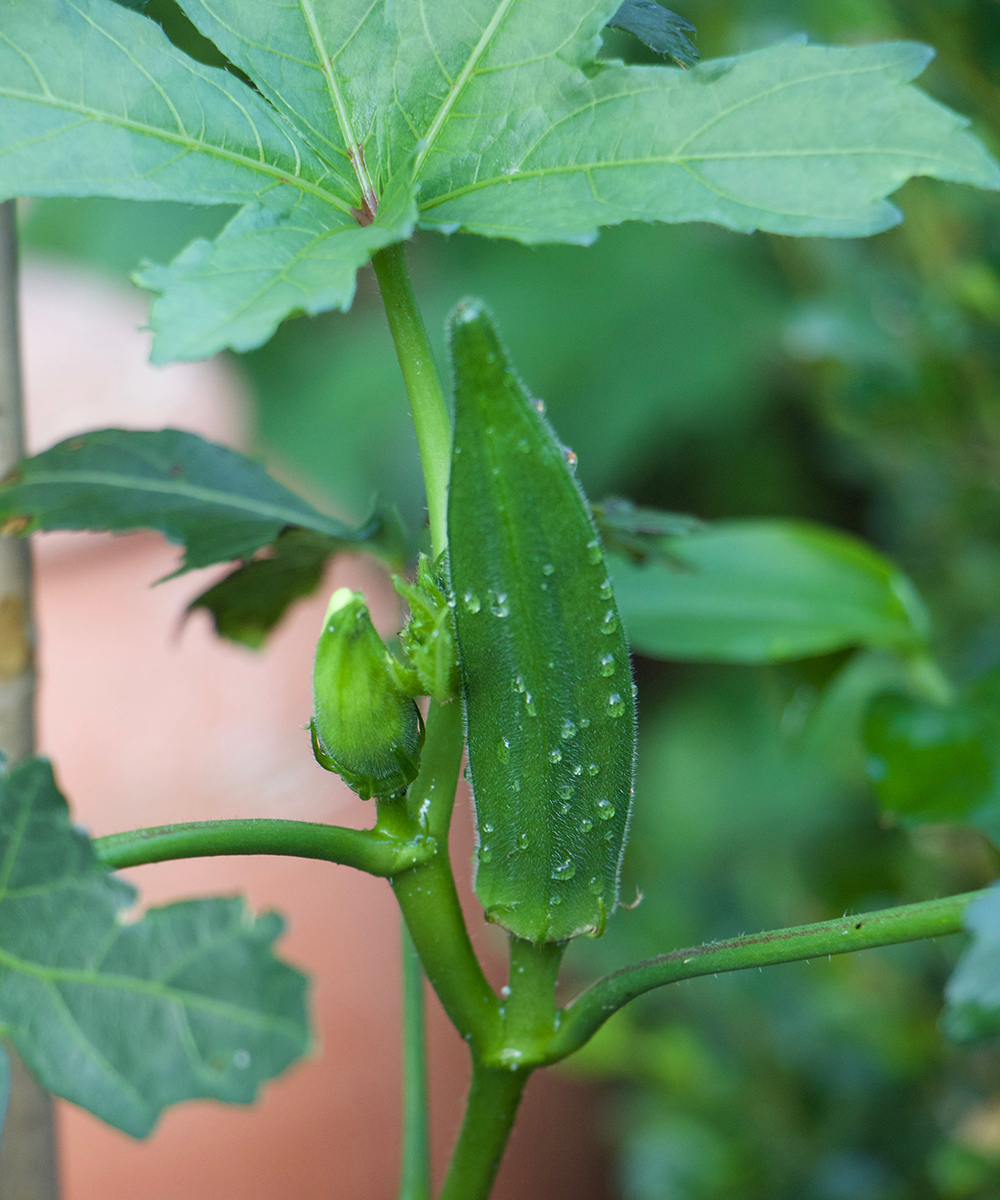
Okra
There is a staggeringly long list of okra varieties available for the home vegetable gardener, and given that okra is perhaps the most overlooked vegetable in the Northeast, why not shock your neighbors and plant a few rows? Apart from okra’s culinary value, the dried pods themselves are pretty, not to mention that the pale pink or ivory flowers with dark centers of this relative of the hibiscus are even more stunning.
Start seeds in early May to early June, but remember that okra demands hot weather, so keep young plants warm, especially on chilly nights. Soak seeds for four hours before sowing, and keep seedlings in individual pots until threats from chilly nights below 60°F have passed. Transplant seedlings into 12-inch to 14-inch pots, or space them 24 inches apart in the vegetable garden, and keep them well watered during drought. Okra can grow big, up to 3 to 5 feet tall, so keep this in mind when planting. Okra pods form quickly after flowers and can get stringy or tough if allowed to mature fully, so pick pods when they are tiny, and use them in your favorite okra recipe quickly. Three spectacular okra varieties you can try include ‘Jambalaya’, with 55 days to maturity; ‘Emerald’, with 55 days to maturity; and ‘Clemson Spineless’, with 60 days to maturity. ‘Clemson Spineless’ also boasts cold tolerance.
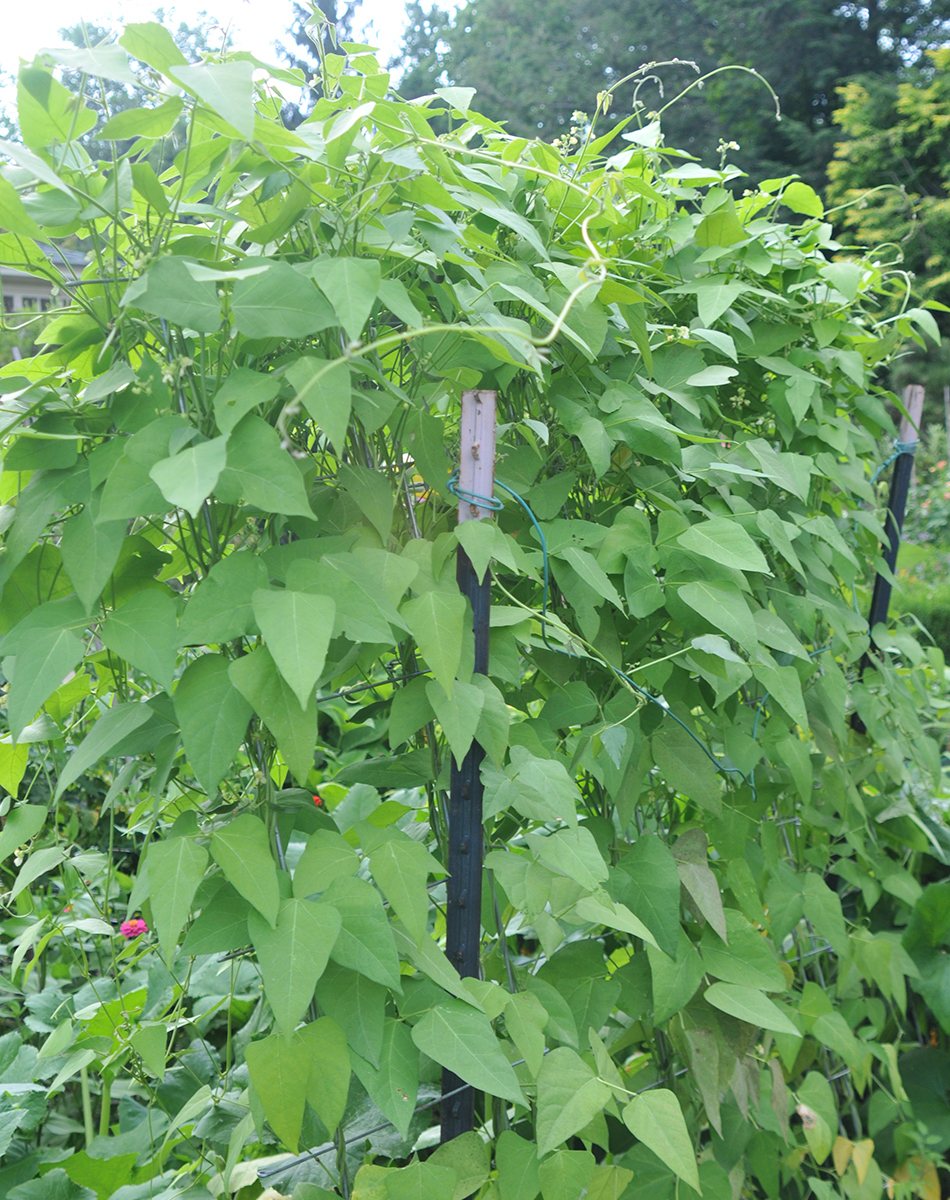
Lima beans
I am on a personal mission to change everyone’s mind about that most maligned of all veggies—the lima bean. Look, I get it—they were especially horrifying if you were raised with canned, mealy limas or, worst yet, cardboard-like frozen ones found in those vegetable mixes, but believe me, you are missing out if you’ve never tried growing and eating fresh lima beans. Really. If you like edamame, you’ll love fresh limas. Lima beans are overdue for a comeback in a big way.
Limas are climbers, so treat them precisely like pole beans. They are vigorous vines but easy to grow, as the seeds are large and easy to handle. Just be sure to sow your crop before the July 4, as they will require the entire summer to mature. I start mine in the pots in which my tomatoes were grown, transplanting out young plants with a pair of leaves around early July from sowing in mid-June. A pole or a tomato/bean tower goes in immediately after transplanting, as once in the ground, they are off and running.
Choose varieties that are better for the north, like ‘Fordhook 242’, an old variety that has been around since the 1950s. This variety takes 85 days to mature. As with all beans, rich soil and plenty of water are musts. You can harvest limas as soon as the beans start to fill the pods (hold one up to the sunlight to see), or you can allow the pods to mature and dry until they are tan if you want dry beans. Either way, get ready for the best lima beans you’ve ever tasted. Believe me, you’ll love them.
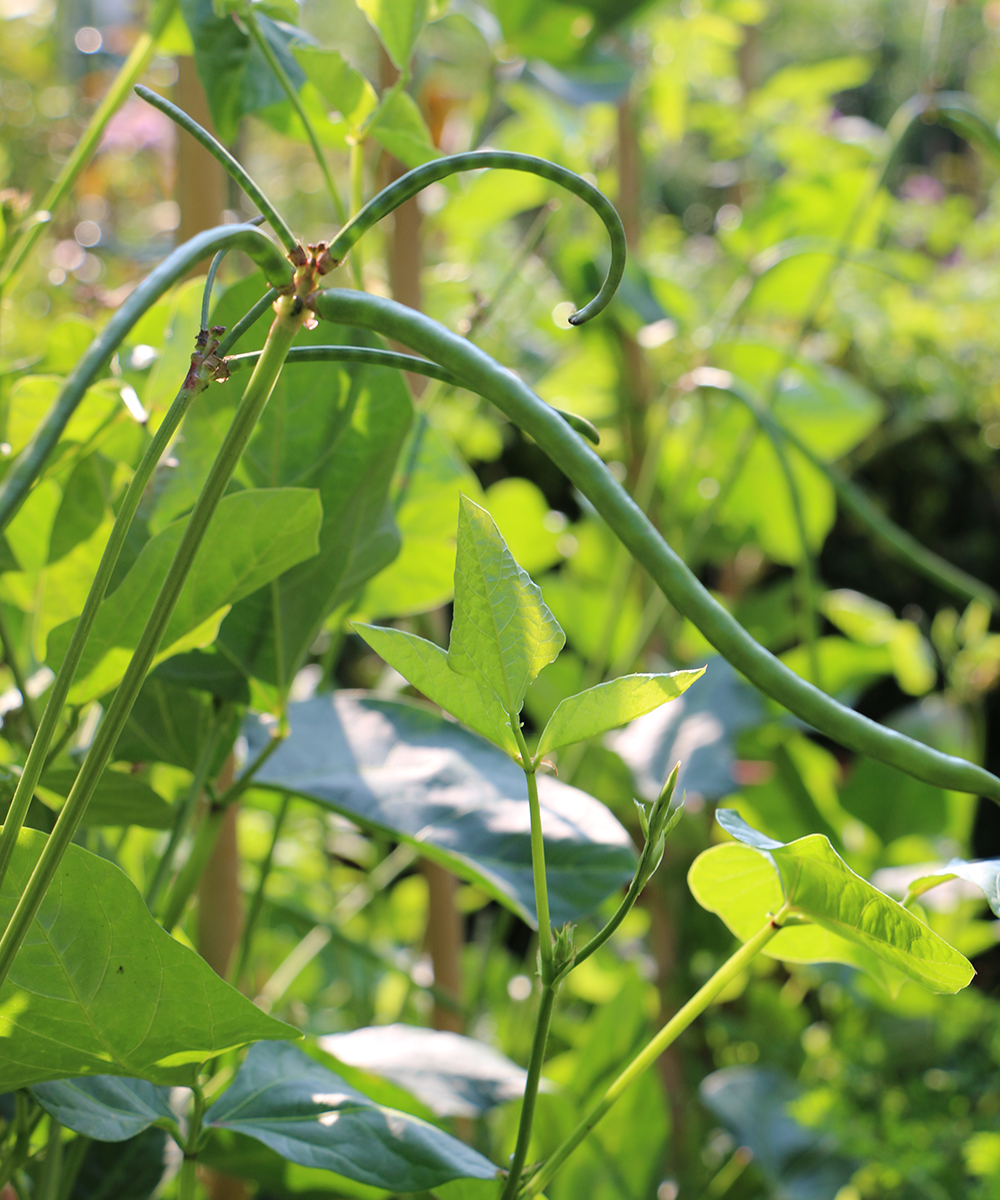
Black-eyed peas
If there is one crop that could save the world from hunger, it is the lowly black-eyed pea, and this fact relates to how and where it can grow. With deep roots (often to 4 feet deep!), this crop can grow well in arid areas and extreme climates. It also grows well in our northeastern gardens.
Start seeds early in late May or early June, and choose from any number of varieties. Be certain to check if your variety is a bush bean or a climber, however; if it climbs, add a sturdy bean tower or 6-foot-tall tomato cage. Also plant plenty, as the more the merrier when it comes to peas and beans. You’ll want to allow some to become dried beans if you don’t choose to eat them in the pod when they are really young (the pods are tougher as they get older). If you have a corner of the garden that you want to neglect all summer, then this is the crop for you—and come on, who has fresh black-eyed peas on the table in the Northeast? You are not going to find them at the farm stand. ‘Whippoorwill’ is an heirloom variety that takes 80 days to maturity, and ‘Clay’ is another promising heirloom that takes 75 days if allowed to dry on the vine.
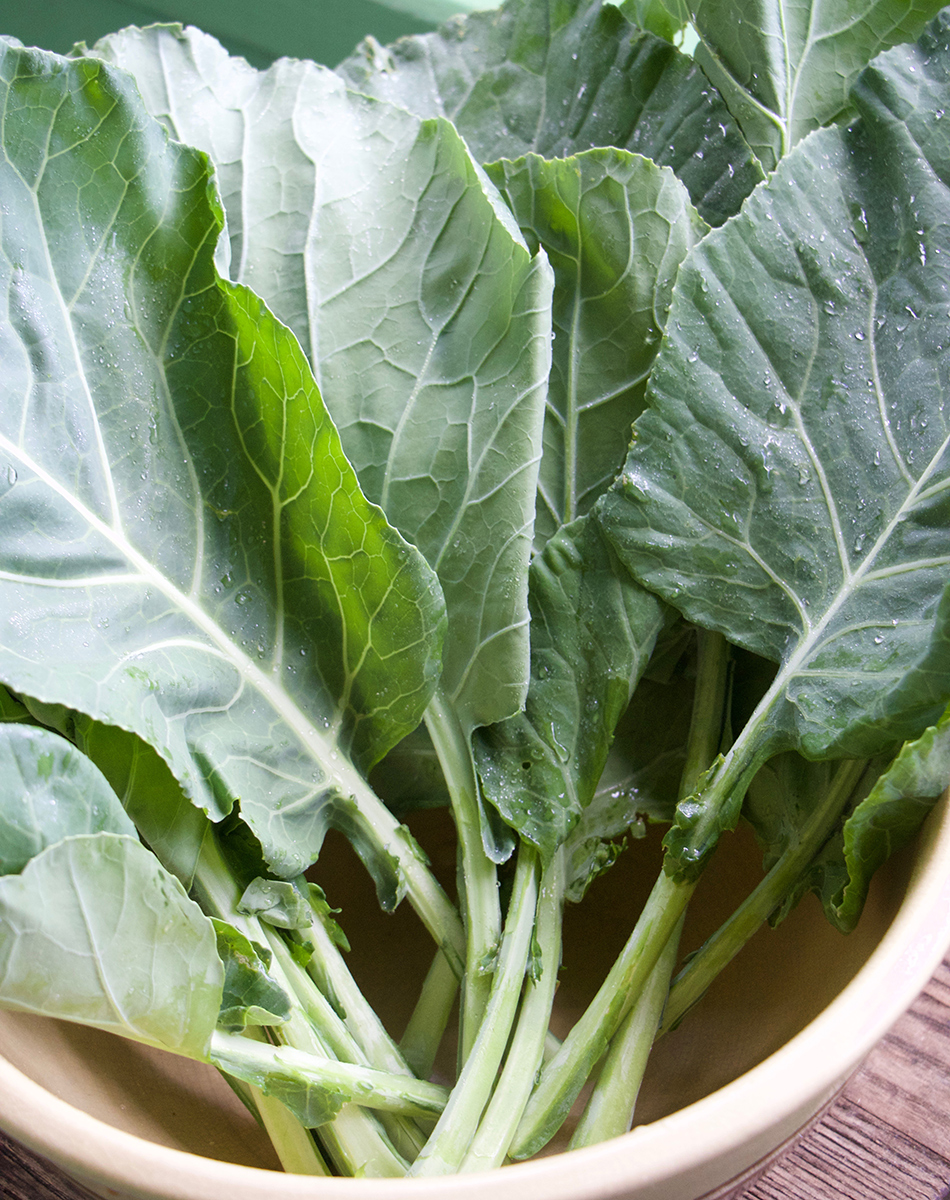
Collard greens
Collard greens are held in such high esteem in the South, so I can’t figure out why more gardeners aren’t growing them in the North. I mean, what’s wrong with a bigger and more tender kale? Let’s face it—collards have it all. They are healthy, productive, and far more tender than any kale variety, and you can harvest them from late spring until the New Year.
Collards are worth starting a bit later, though, if you want to reduce any chances of cabbage root flies or want lots of tender greens in late autumn (when they seem to grow best). So June or early July isn’t too late to sow the seed. Like so many brassica plants, such as broccoli and cauliflower, midsummer-sowed seedlings grow better in the North. Forget about the myth that brassicas are cold-weather plants, as all germinate best near 85°F and thrive after the summer solstice in June. I’d cover summer crops with a floating row cover if your garden suffers from cabbage butterflies, but beyond that, supply them with rich soil full of organic matter and plenty of water during droughts, and you’ll be rewarded with lush, big, and tender green collard leaves that have so many uses in the modern kitchen.
Some recommended varieties include ‘Flash’, which is a Vates-type that takes 55 days to maturity, and ‘Top Bunch’, a Georgia-type, which takes 65 days. “Vates” is actually an acronym for the former Virginia Truck Experiment Station, an agricultural research center once active in breeding and introducing new collard green varieties. Vates-type collards have a unique form, with less waste, or a greater leaf-to-petiole ratio. They are slower to bolt and good for northern gardeners. On the other hand, Georgia-types are classic old-fashioned collards that can grow up to 36 inches tall with very large leaves. Both types can be considered heirlooms, of which there are many named varieties.
You’ll be the envy of your friends and neighbors this summer by growing something a little bit different in your veggie garden. It’s invaluable to grow these southern veggies from seed yourself, because you won’t find many of these vegetables for sale fresh in the North, and everyone knows homegrown veggies just taste better.
For more tips on growing veggies, check out:
And for more Northeast regional reports, click here.
—Matt Mattus is the author of two books: Mastering the Art of Flower Gardening and Mastering the Art of Vegetable Gardening. He gardens in Worcester, Massachusetts.
Photos: Matt Mattus
Fine Gardening Recommended Products
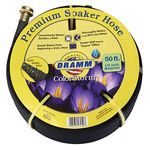
Dramm 17050 50′ ColorStorm 1/2″ Standard Soaker Hose
Fine Gardening receives a commission for items purchased through links on this site, including Amazon Associates and other affiliate advertising programs.
- Conveniently waters garden and beds
- 50 ft. by 1/2 inch diameter made from recycled material; lifetime guarantee
- Made in the USA

Gardener's Log Book from NYBG
Fine Gardening receives a commission for items purchased through links on this site, including Amazon Associates and other affiliate advertising programs.

Corona E-Grip Trowel
Fine Gardening receives a commission for items purchased through links on this site, including Amazon Associates and other affiliate advertising programs.



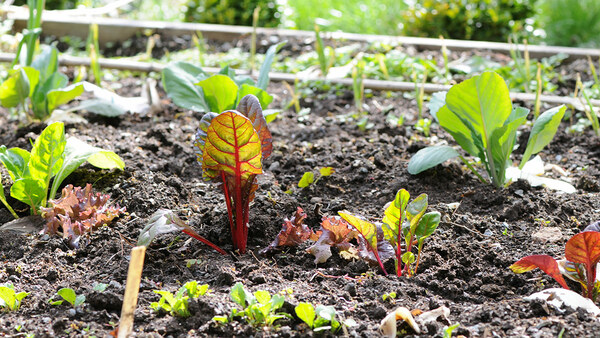
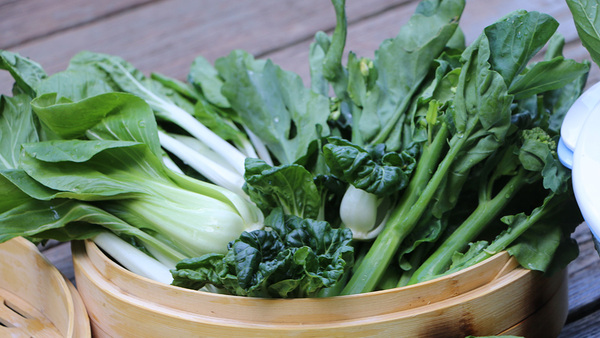














Comments
Log in or create an account to post a comment.
Sign up Log in